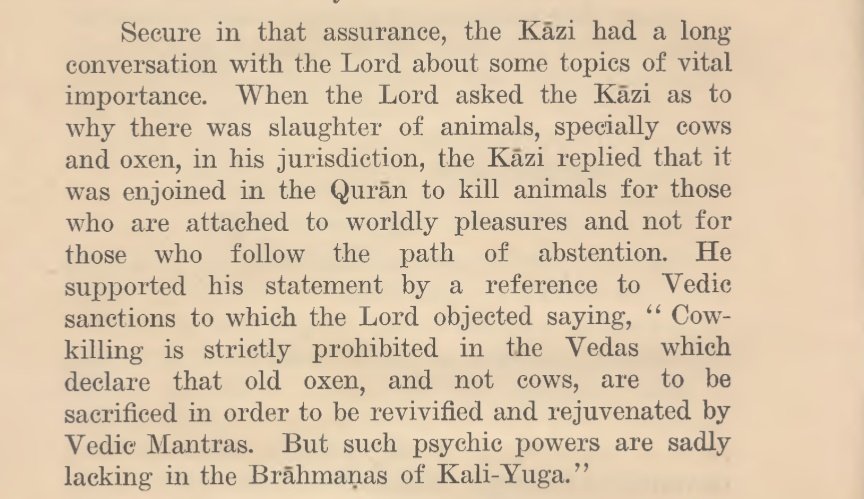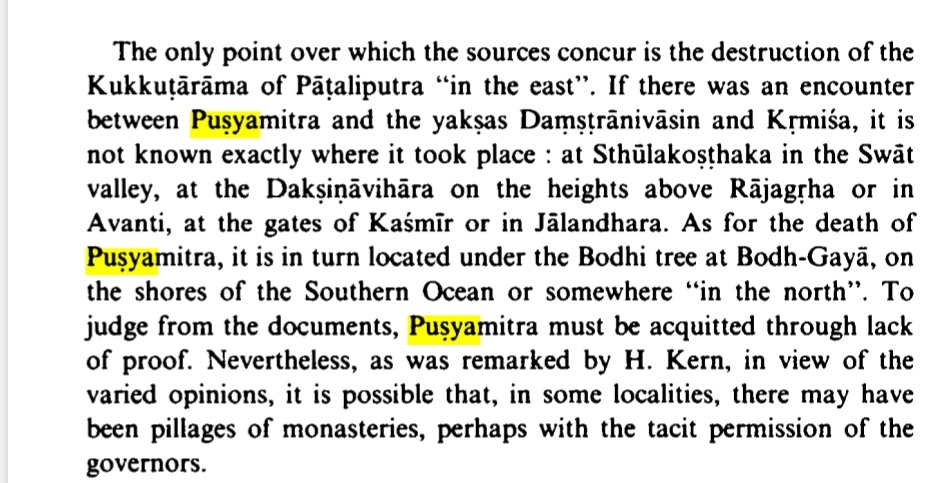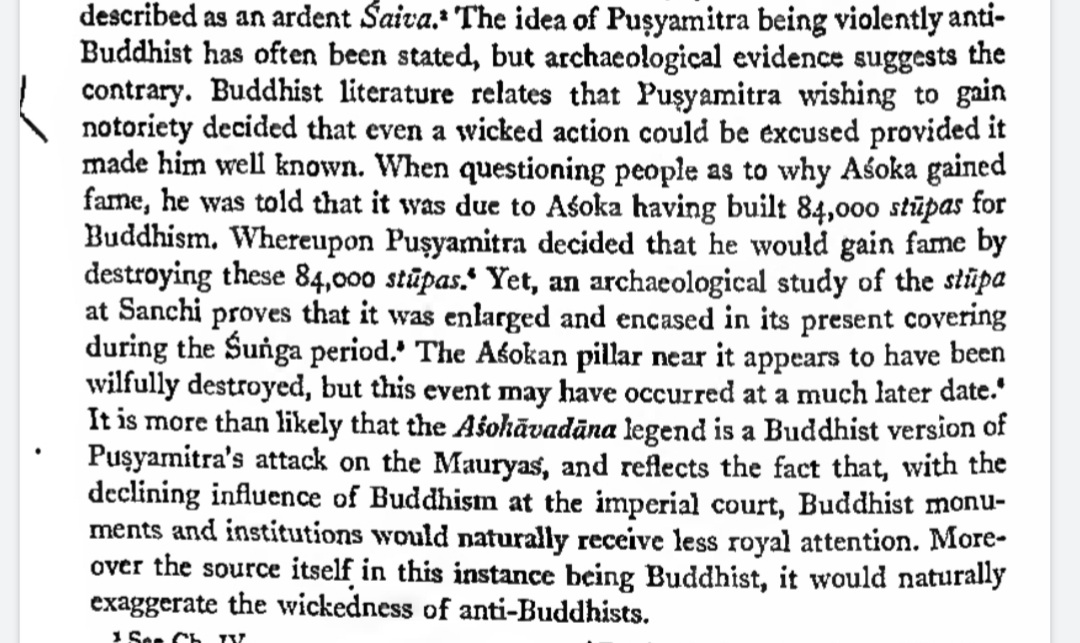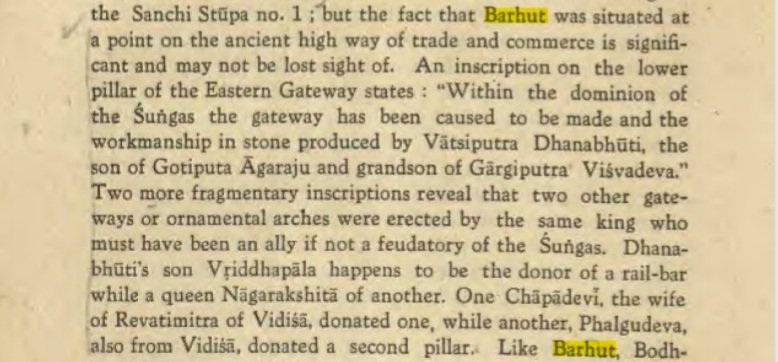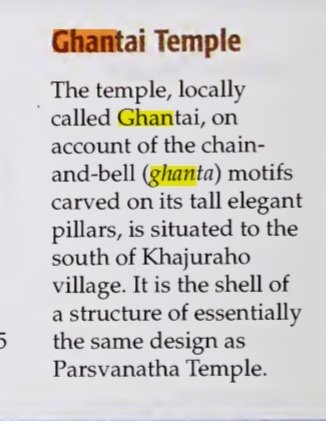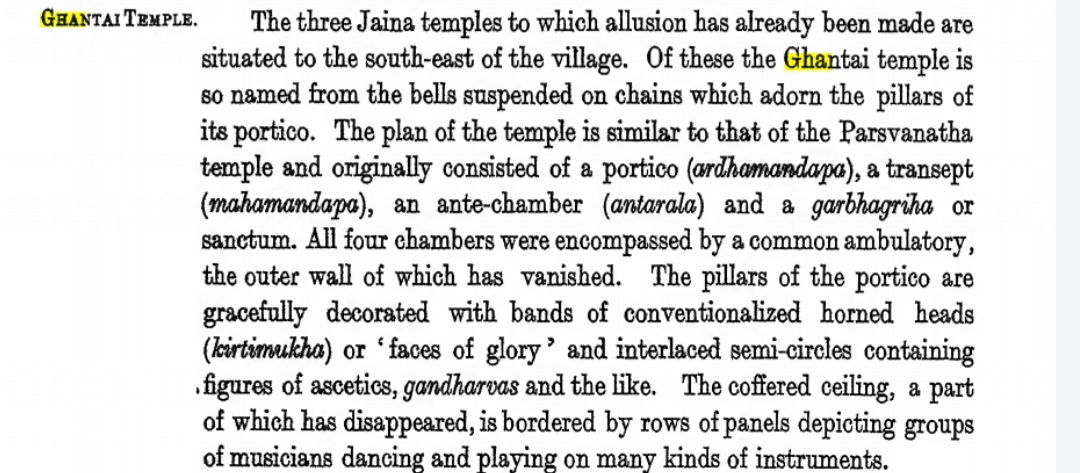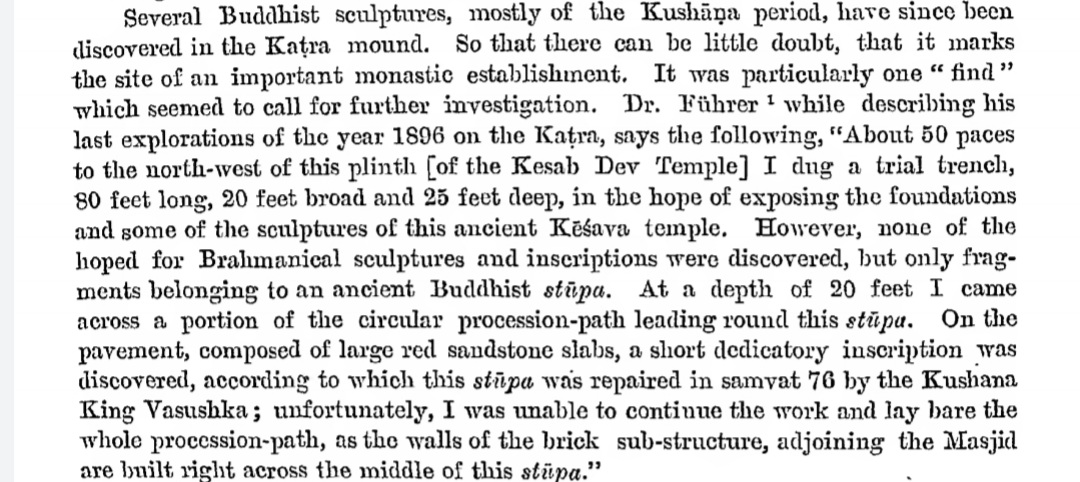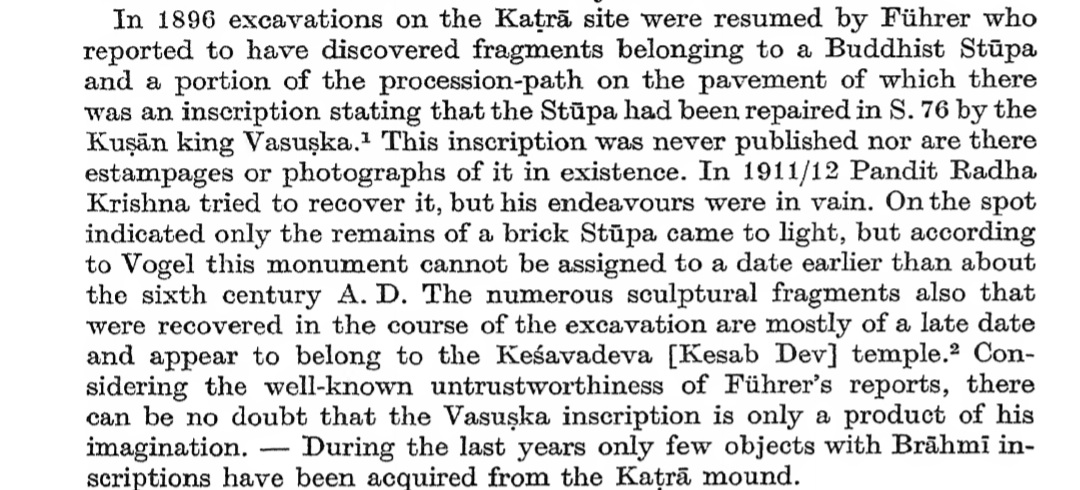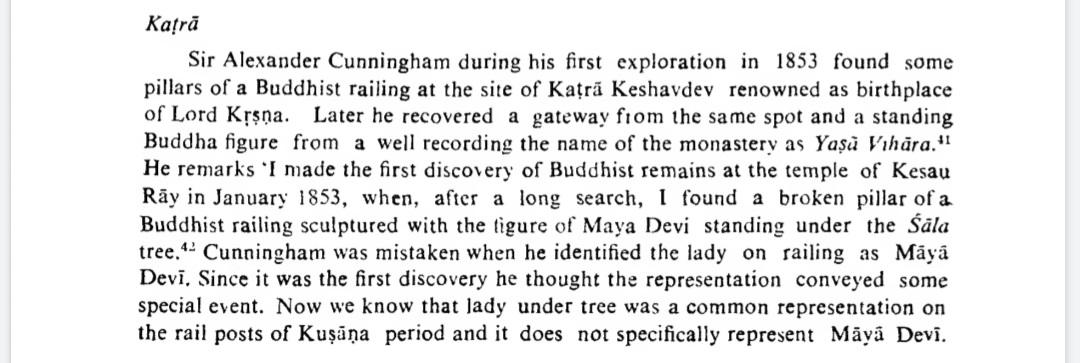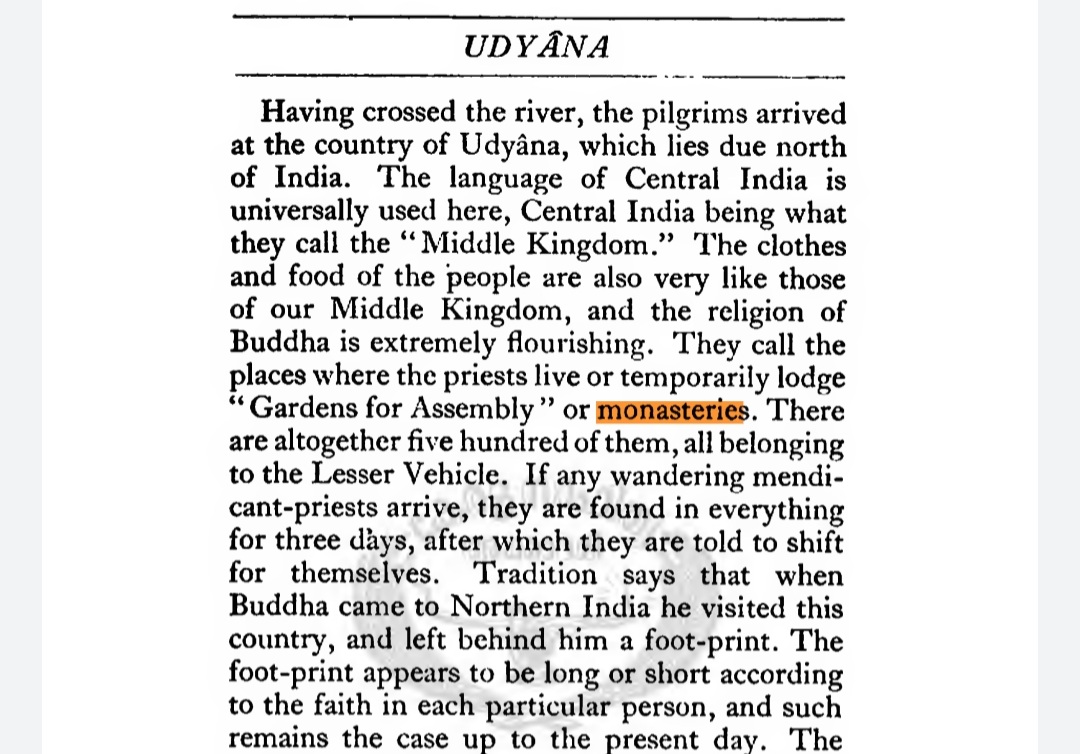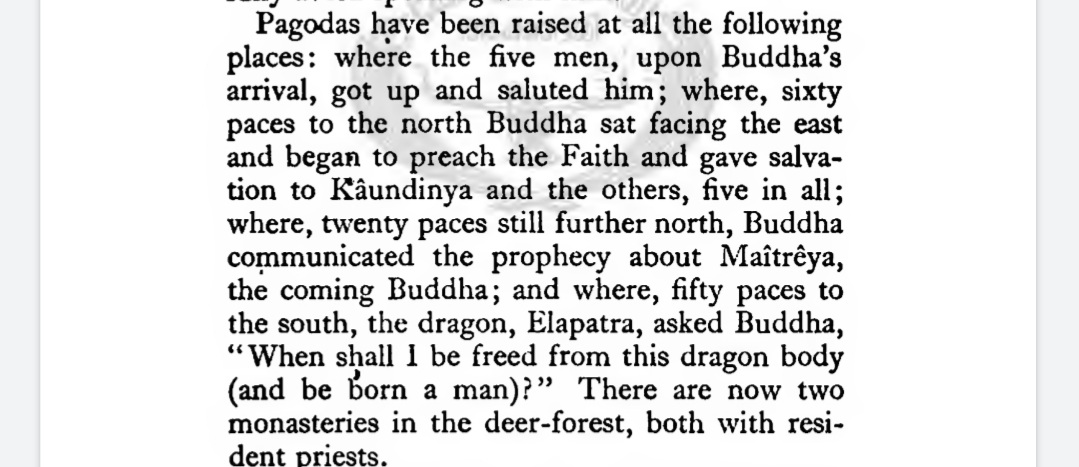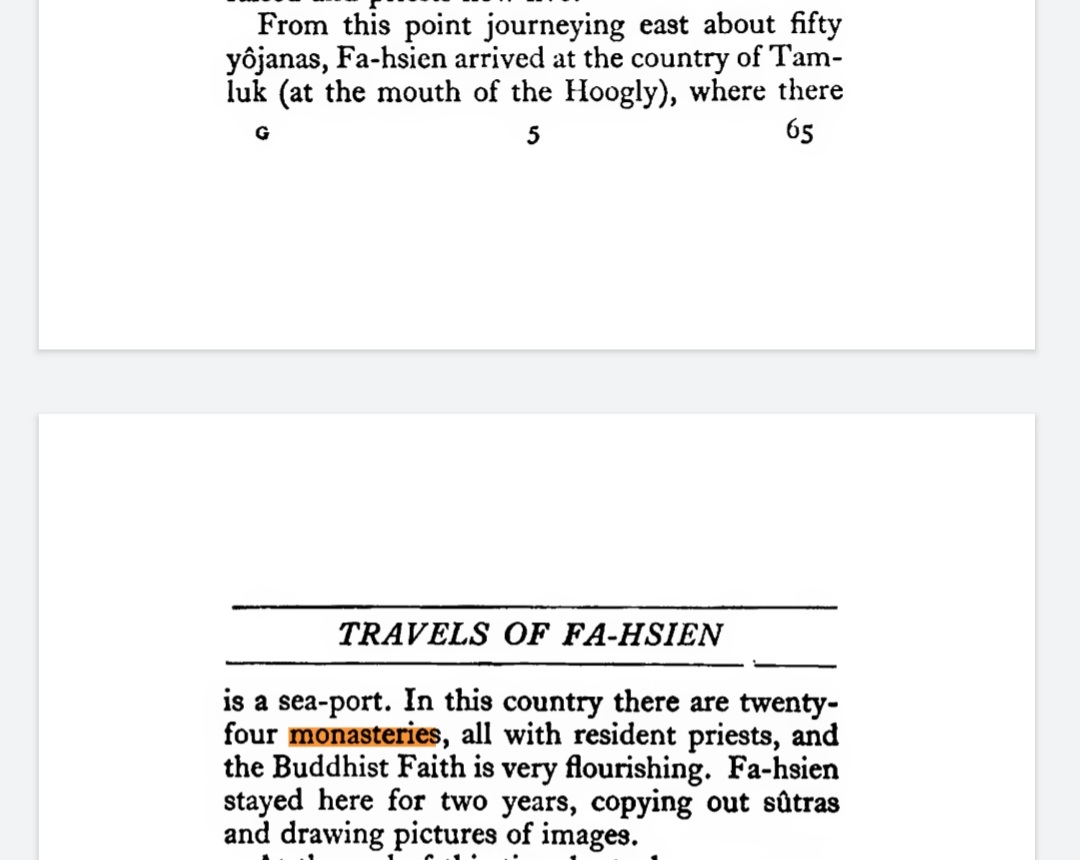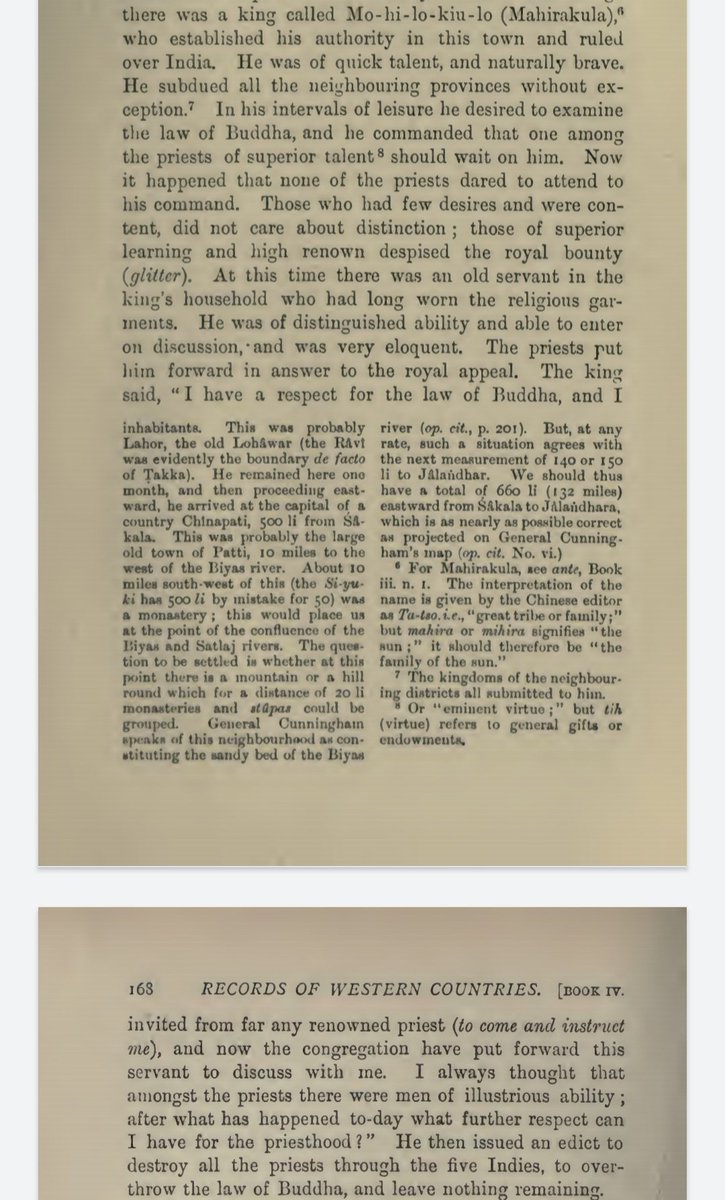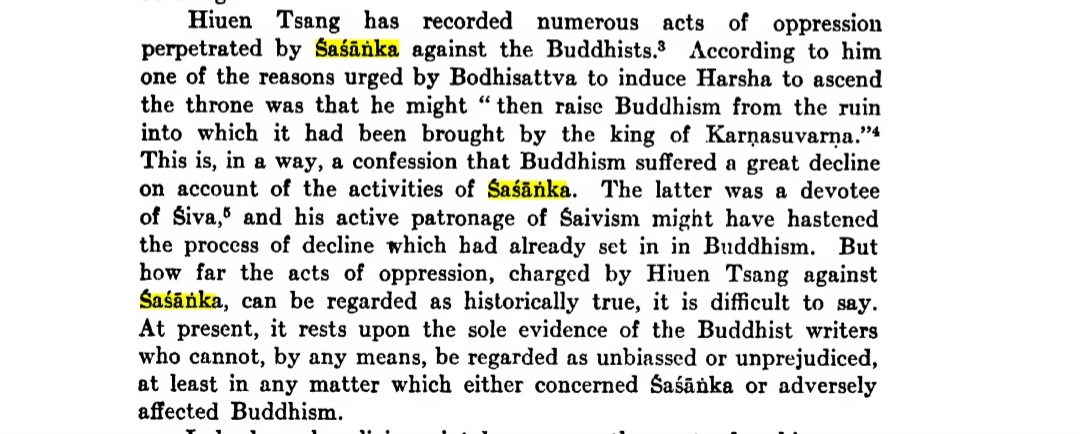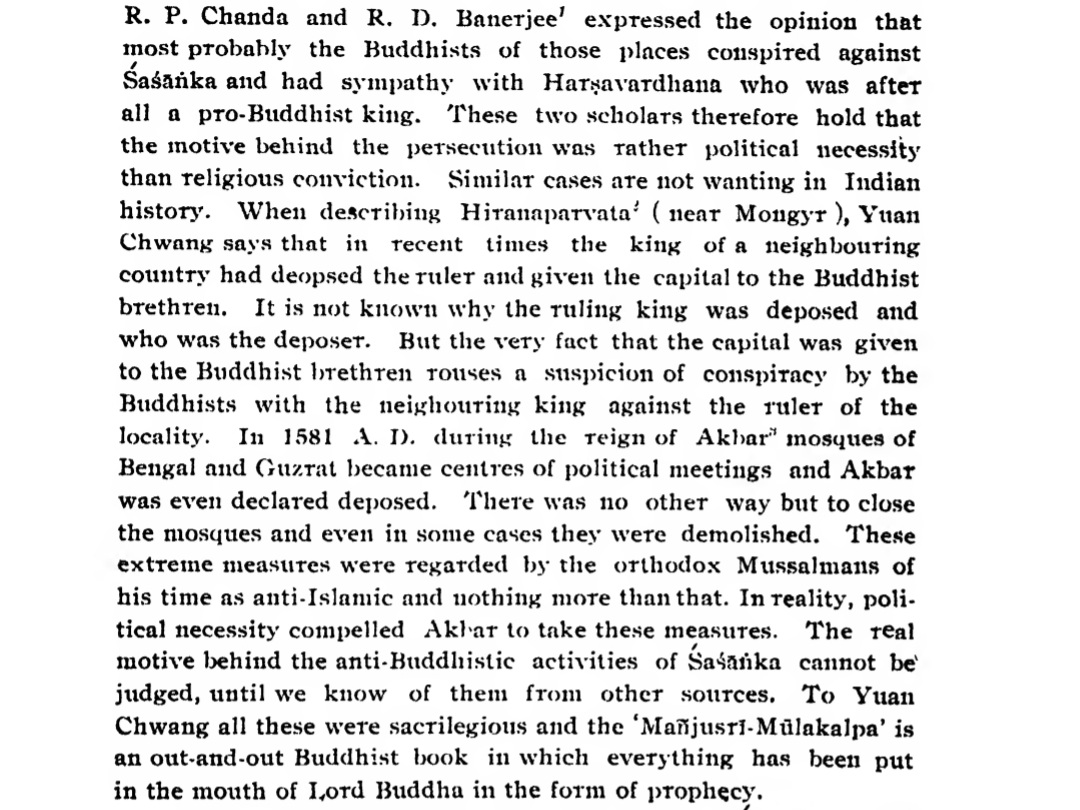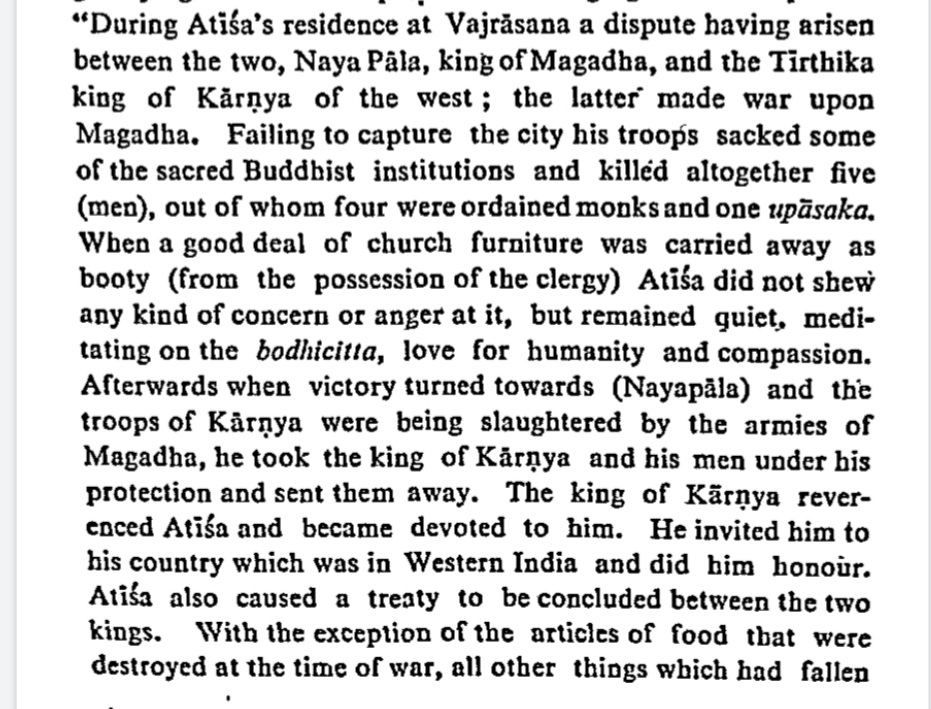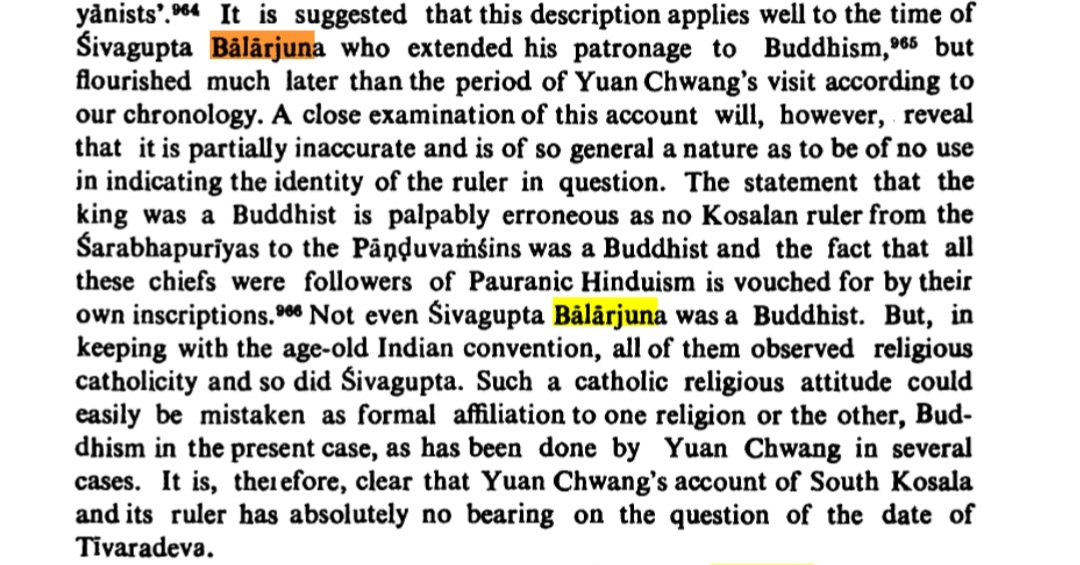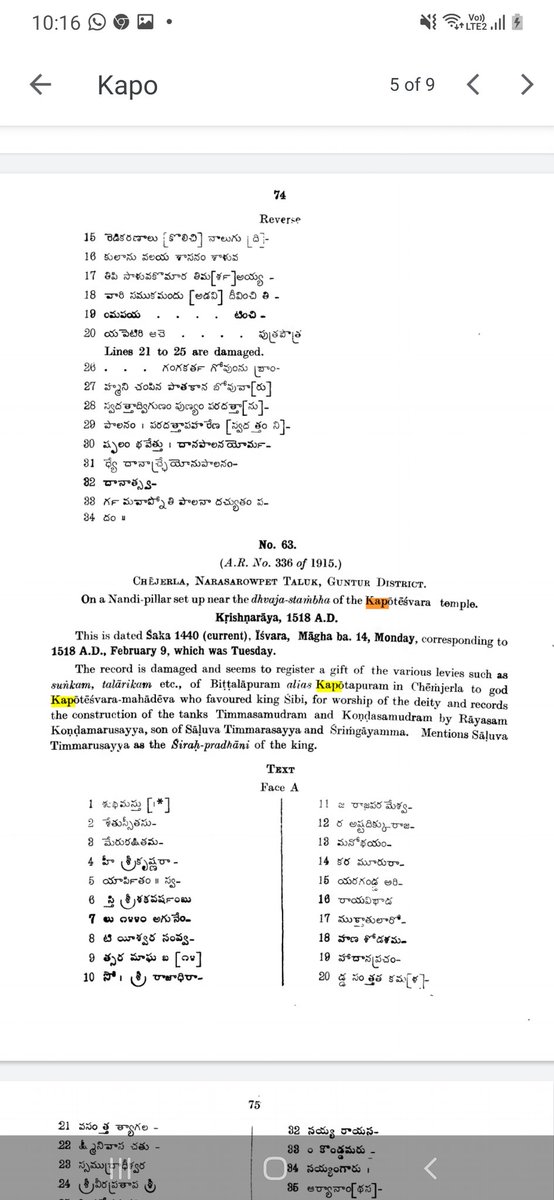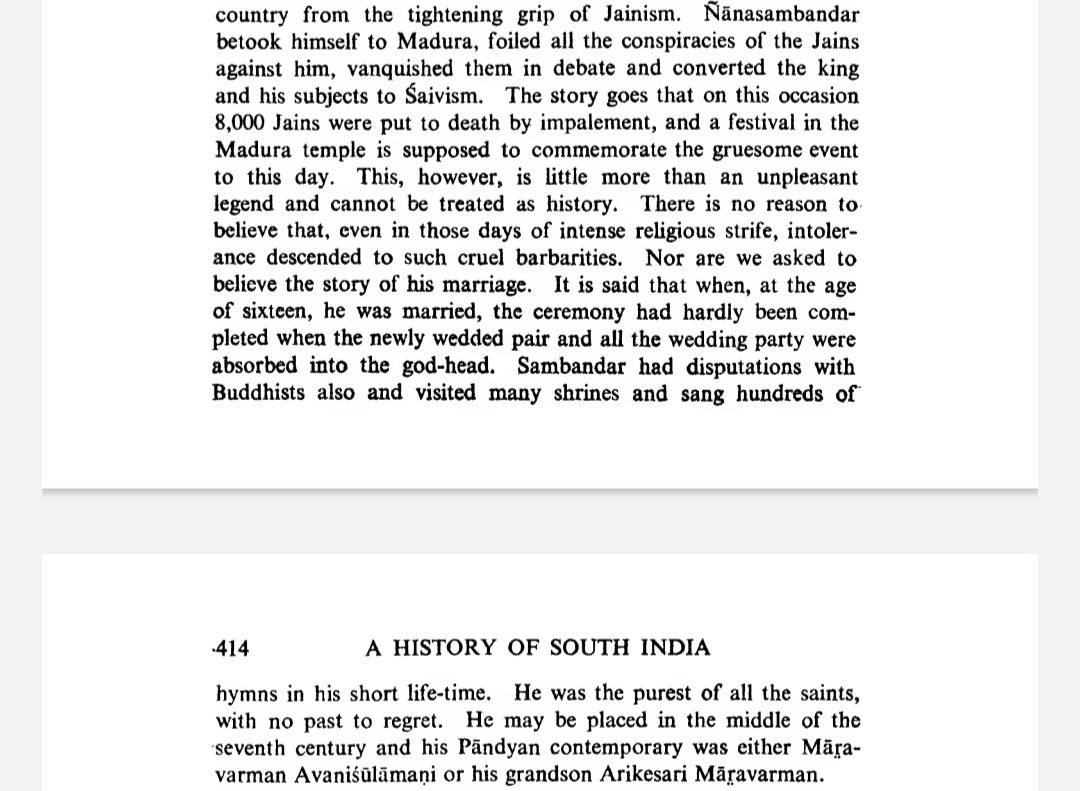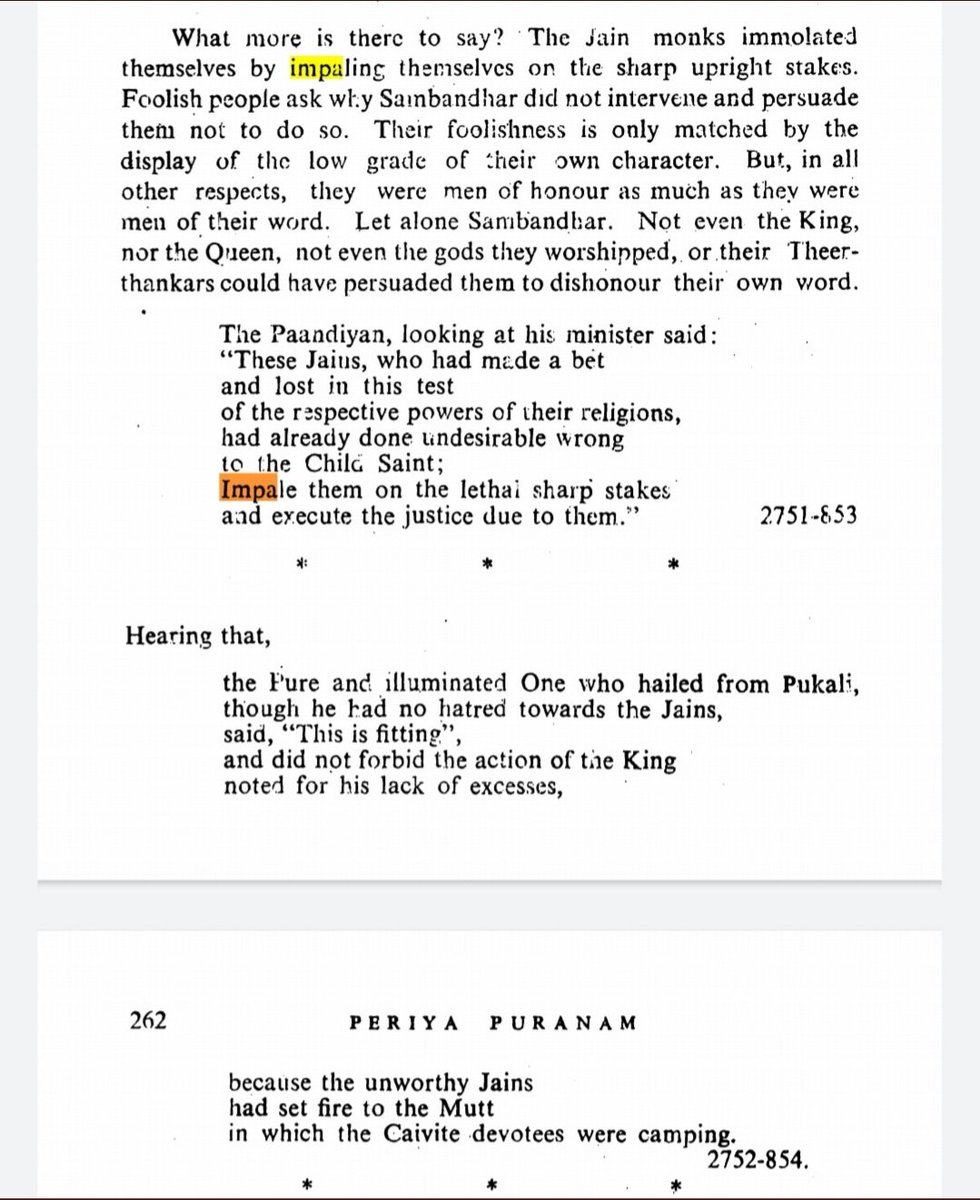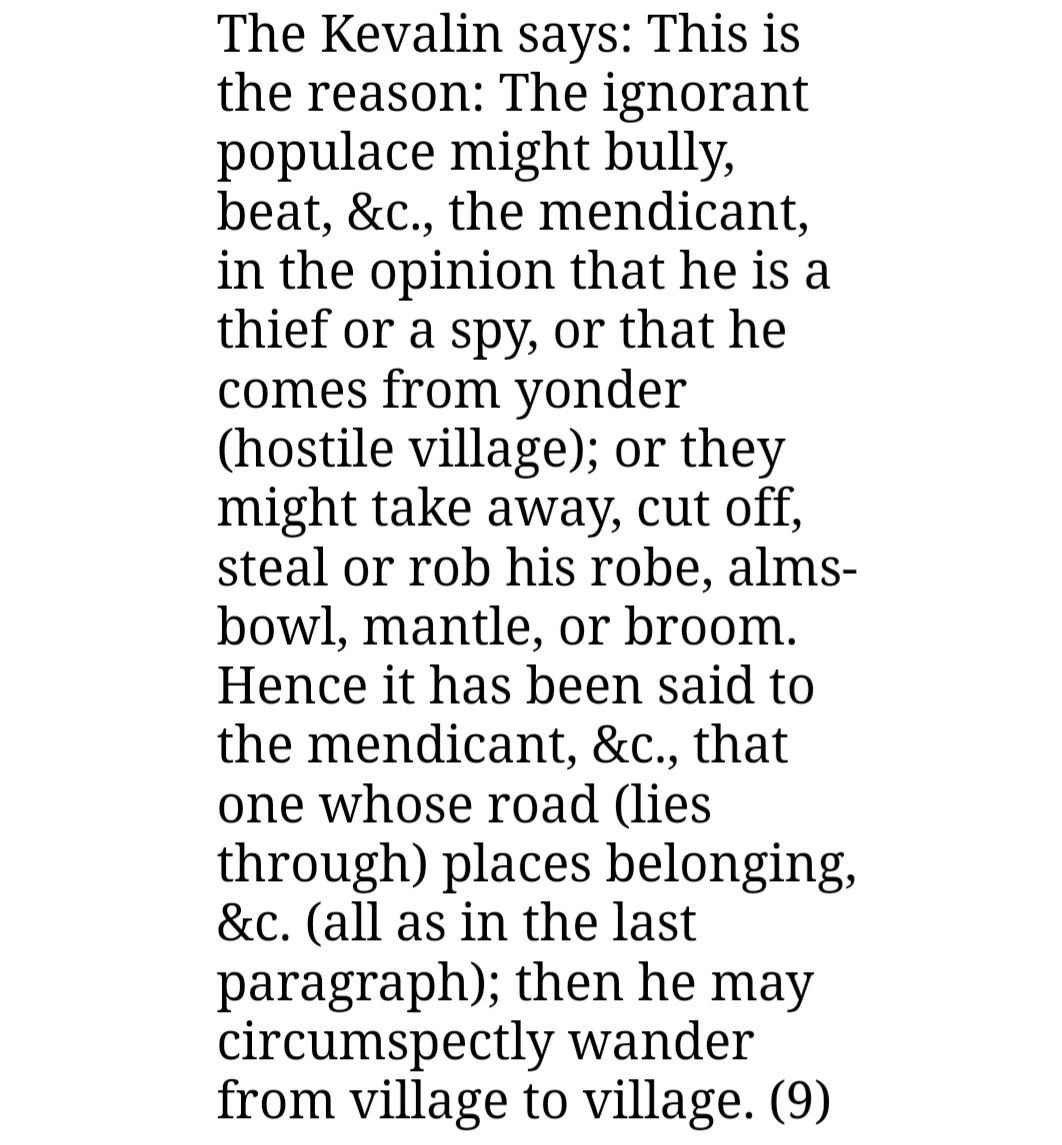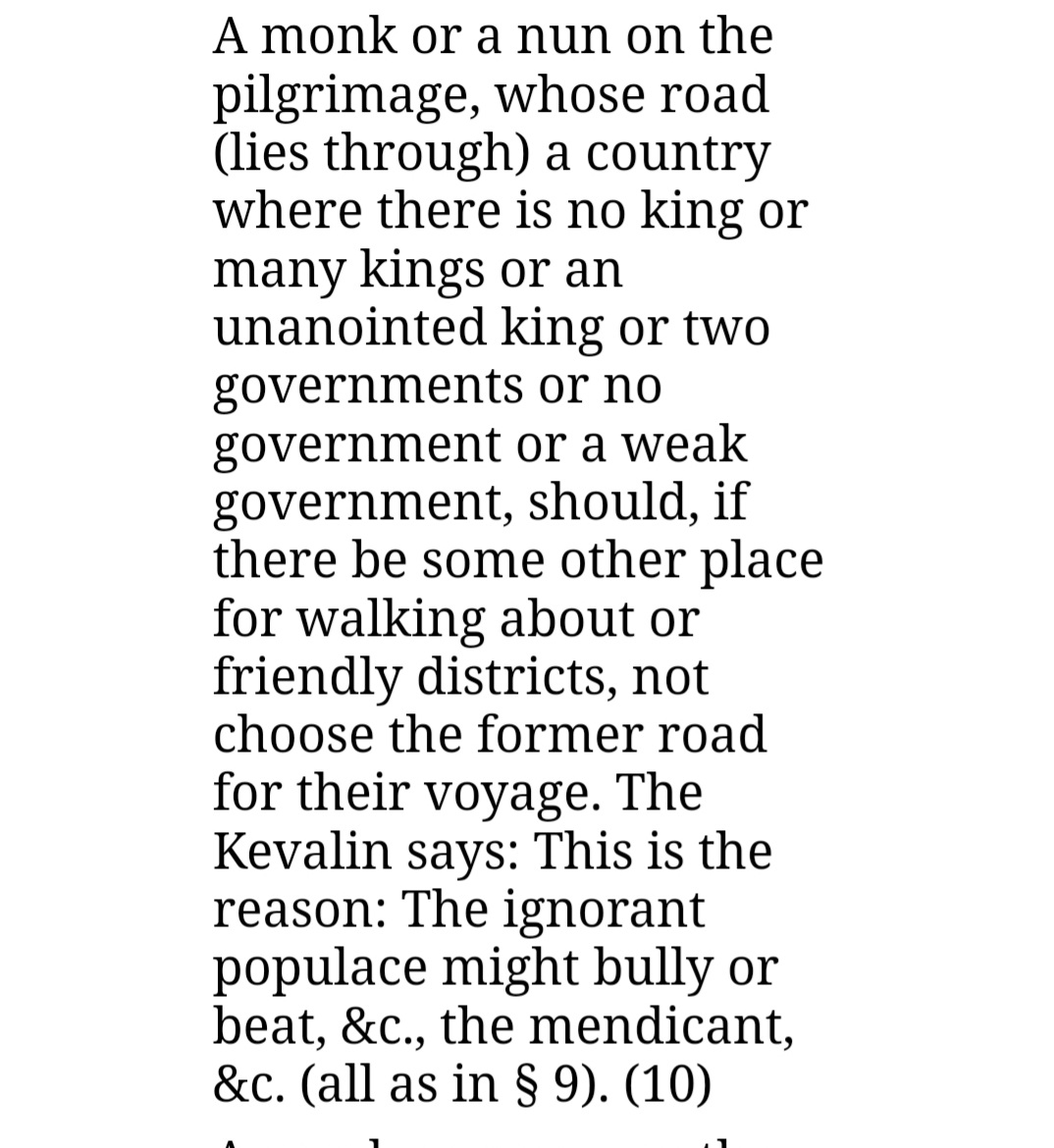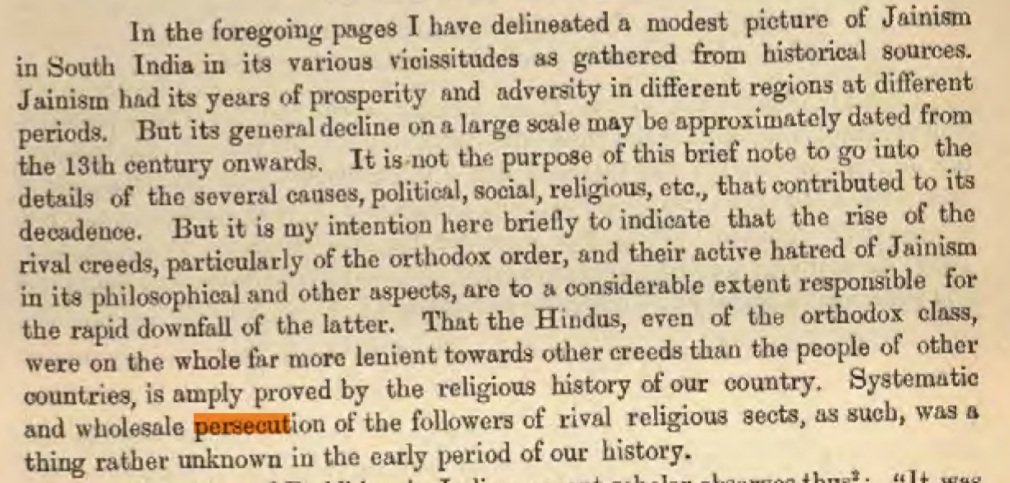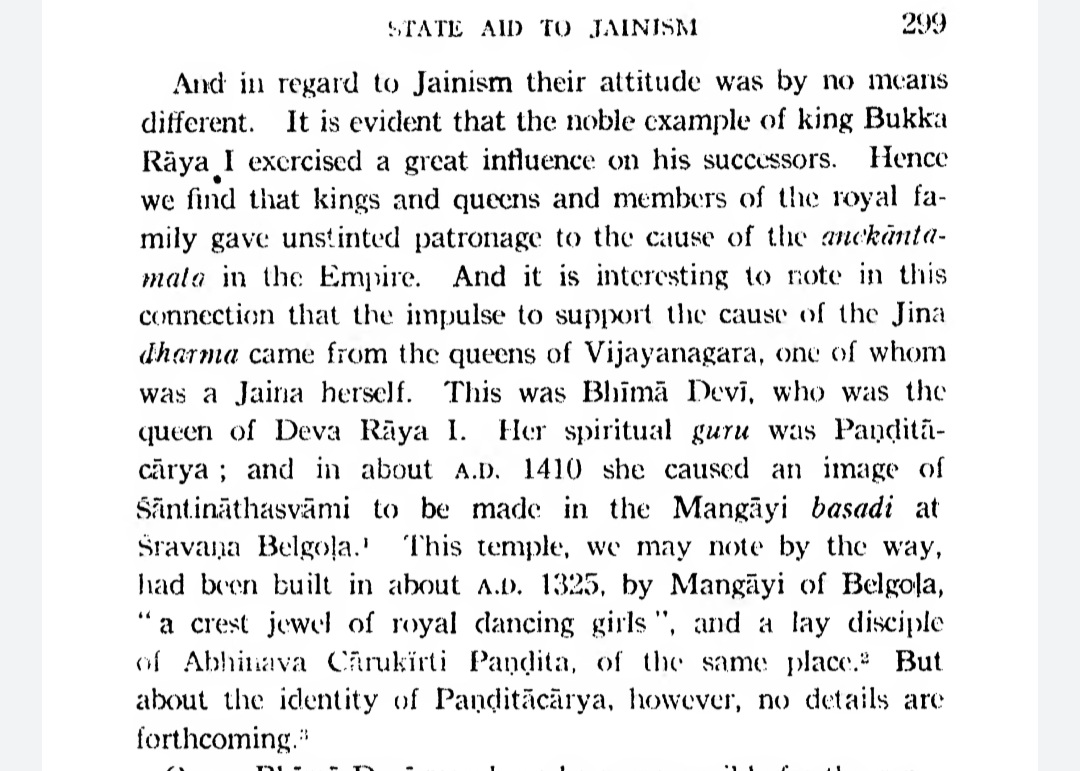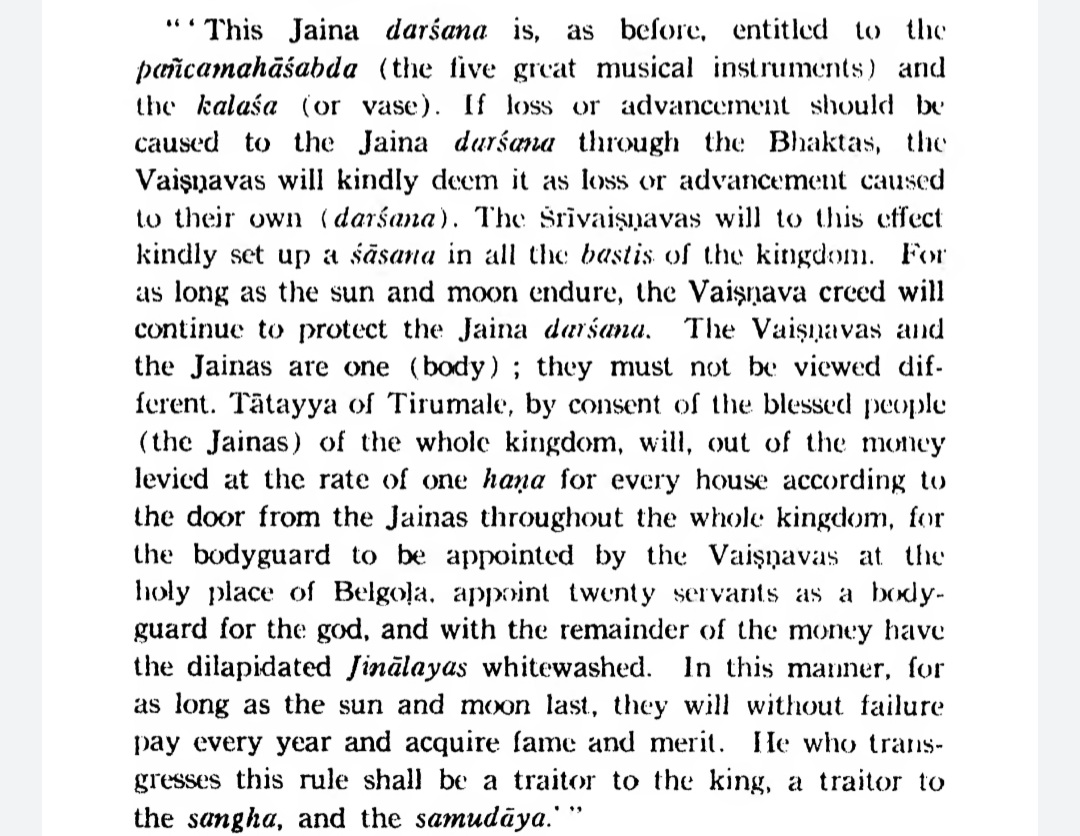A refutation of the lies spread by @jaiminism in his often quoted "blog" titled "The Résumé of Hindutva" https://jaiminism.substack.com/p/the-r%C3%A9sum%C3%A9-of-hindutva-41f5749b3203">https://jaiminism.substack.com/p/the-r%C...
This blogpost borrows heavily from Marxist sources (like D N Jha). Most references are very vague, so as to dissuade the viewer from actually fact checking it. I will quote only relevant paragraphs, and will exclude the triggered ranting
The argument of cows and Hindu traditions through history is worthless. Vedic rituals are explicit on the sacrifice of bulls, not cows and even that is shunned afterwards.
The argument of animal killing was best concluded by the Shri Chaitanya Mahaprabhu, who is possibly one of the most prominent Bhakti Saints of Northern India
We also have Bhishma from the Anushasana Parva(Section CXV)of Mahabharata as a staunch supporter of vegetarianism. Claiming that Hinduism adopted vegetarianism from other religions is ignorance. Hell, there are some claims of Buddha having pork, yet these are hotly debated topics
The adoption of Buddha in Hinduism probably did not occur with sinister consequences, but rather a sign of syncretism. Co-opting of Hindu deities by Buddhism(like Brahma) also take place.
Now we arrive at the actual history parts of the blogspot, which deals with the apparent persecution of Buddhists in Ancient India.
The first claim is, of course of Pushyamitra Shunga. The interesting part about this apparent evidence is that all forms of source criticism are forgotten here. Any of the fantastical myths in the Ashokavadana and Divyavadana are taken as the truth.
To quote Etienme Lamotte, there is simply not enough proof to accuse Pushyamitra Shunga as a great persecutor of Buddhists. The vagueness of the text, combined with contradictory accounts and the miraculous feats shown in the text(such as replacing heads of beheaded monks)
The examples of the Mahabhasya by Patanjali is useless in this case. Buddhist and Jain texts have often referred to each other derogatorily. The issue was of physical violence, not of derogatory attacks in which both sides indulged.
Next @jaiminism lists a series of temples demolished by "Brahmanism". Sanchi, Satdhara and Deurkothar references seem to be of alleged destruction by Pushyamitra Shunga, and the source was D N Jha.
I couldn& #39;t find the individual references to the temples in the ASI report @jaiminism has quoted below. However, here is what I found on the archeological evidence on Pushyamitra Shunga.
The claim of archeological evidence has been contradicted by none other than *drumroll* Romila Thapar. She has very explicitly made it clear that archeological evidence against Pushyamitra doesn& #39;t exist.
(Asoka and the Decline of the Mauryas, pp 200)
(Asoka and the Decline of the Mauryas, pp 200)
Nihar Ranjan Ray in his book "Mauryan and Sunga art" says that the Barhut and quite a few other places got donations from the Sungas
Next, the example quoted by @jaiminism is a peculiar one. The Ghantai Temple is a Jaina temple, at Khajuraho. It still exists such. There was a confusion by Cunningham as to the Buddhist origins, but it was quickly discarded. @jaiminism has brought his bias between facts.
The Katra Mound and its origins have been subject to a lot of debate. Sita Ram Goel was probably one of the few people who wrote extensively on this.
The Katra Mound& #39;s Buddhist origins was started by Cunningham and Dr. Fuhrer. Fuhrer claimed to find a circular procession path near the temple.
However, Pandit Radha Krishna of the ASI in 1915 did not find a trace of said path. It is concluded by Heinrich Luders in the book "Mathura Inscriptions" that Fuhrer& #39;s "general untrustworthiness" led to this.
One must also be aware that this theory was sparked by a misconception of Cunningham, which was cleared by RC Sharma, the former curator of Mathura Muesuem in the book "Buddhist Art of Mathura& #39;
However, the worship at the Katra Mound has been going on for a long time. The stupa remains are from the sixth century. If there was so much violence between Hindus and Buddhists(which I reject), one should consider the possibility of a temple being destroyed by the Kushanas.
The references for the above tweet is "Masterpieces of Mathura Sculpture" by V Aggarwala
@jaiminism& #39;s next claim is somewhat vague. It& #39;s just "Fa Hien presented a dismal state". There is no exact detail given in the statement. If I assume it is India in general, we see that this was not the case at all.
Source- Travels of Fa Hien by HA Giles
Source- Travels of Fa Hien by HA Giles
The next claim is again, very vague. There is no real specification of which Kushana Buddhist site was attacked and adopted by "Brahmins"
The example of Mihirakula has nothing to do with Shaivism. Even Hieun Tsang records this, and gives reference to the fact that Mihirakula became virulenly anti-Buddhist after what he deemed an insult to him. He initially wanted to become a Buddhist.
The next part of his claims starts of with the example of Shashanka. This case also faces the same dilemma as Pushyamitra Shunga, that is the lack of source criticism. In this case, I quote RC Majumdar, which has carefully examined these claims.
Interestingly, the records by Hieun Tsang says that the Bodhi tree grew more than 10 feet overnight. It is more probable that he had seen a full grown Bodhi tree, but to justify his views on Shashanka, he added such miraculous examples
The example of Kshemagupta is also an interesting one. The Rajatarangini relates this incident. It says that Ksemagupta had burnt down the monastery to kill his arch enemy. To atone for this, Ksemagupta erected a temple
This is probably one of the few actual instances of persecution, yet we see that the motive for burning the monastery was not his iconoclasm
The example of the Kalachuri King Karna is from Atisa& #39;s travels, who was a Tibetan monk. The text states that Karna had looted monasteries, and killed 5 people in total (who probably resisted the plunder). Afterwards, the king became devoted to Atisa
The reason for the attack is loot, and in his later life he didn& #39;t continue with persecution. Hardly an example of a fanatic king who willfully destroyed and persecuted Buddhists.
The next couple of examples of archeological evidence on Buddhist persecution arrive from the research of Swadhin Sen, a professor of archeology from Bangladesh. I didn& #39;t find anyother records on the excavations. It is not corroborated by anyone else.
In topics like archeology, different scholars often hold differing view points. I would be glad if @jaiminsim cites any other scholar on the temples at Siddheshwar, Dinajpur and Gokulmedh.
The example of Mahashivagupta Balarjuna is also very vague. There is no example as to what was appropriated. Yet, we do know that that Shivagupta donated to Buddhist institutions of that areat
The example of the Kapoteshvara Temple is simply wrong. The Kapoteshvara temple houses the deity Kapoteshvara Mahadeva. The deity is also referred to as King Sibi(who is Buddhist) by an inscription in the temple (South Indian Inscriptions Vol 16). It is a sign of syncretism
The next paragraph by @jaiminism is rubbish. On history, you have to cite experts on the topic. Citing religious leaders and writers isn& #39;t appropriate in this field.
@jaiminism gives some examples of persecution of Jains in ancient India. The first example is the often quoted "Jain impalement story"
This theory has been rubbished by most historians, including KA Nilkantha Sastri, an authority on South Indian History
However, even going by the source of Periyar Puranam, we see that
-The condition of impalement was set by the Jains themselves
-The Jains had previously attacked a Shaivite Mutt
Obviously, even the record of the persecution is not as one sided.
-The condition of impalement was set by the Jains themselves
-The Jains had previously attacked a Shaivite Mutt
Obviously, even the record of the persecution is not as one sided.
The reference to Acharangasuttam is completely wrong. Not once in the referenced verses does it relate to an attack by Hindus or their rulers. It simply says "ignorant population".
@jaiminism, in his caste obsessed world view makes a critical mistake. He claims that the Srisailam record "is Brahmanical persecution"
Vira Saivas, or Lingayats are generally progressive in their view, but historically there was aggression to other communities. The below two citations are by Dr. Fleet(Epigraphica India vol 5)
Even the source by @jaiminism show that persecution of Jains in early history of India is minimal
And @jaiminism in his bias skips an important point. The persecuted Jains took refuge under the Vijaynagara Empire, who treated them with complete respect, and deemed their insult to be an insult of Vaishnavism
The rest of the blog is more about modern Hindutva history, which I won& #39;t deal with. But out of these examples of persecution of jains and Buddhists by Hindus, we see that @jaiminism has either misquoted or outright lied.
These examples are also pertinent, because many of these examples(especially D N Jha) have been cited as examples of ancient Hindu intolerance, in multiple media platforms. I might extend this thread to see some more examples.

 Read on Twitter
Read on Twitter